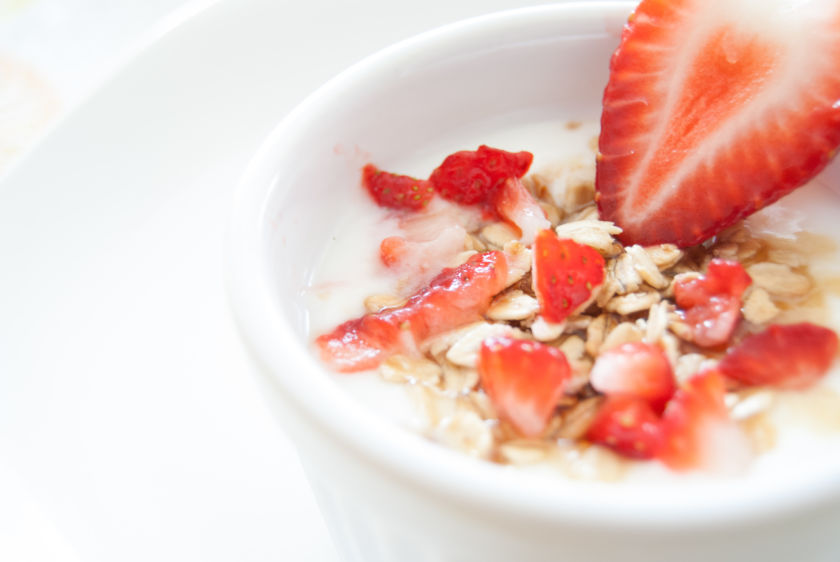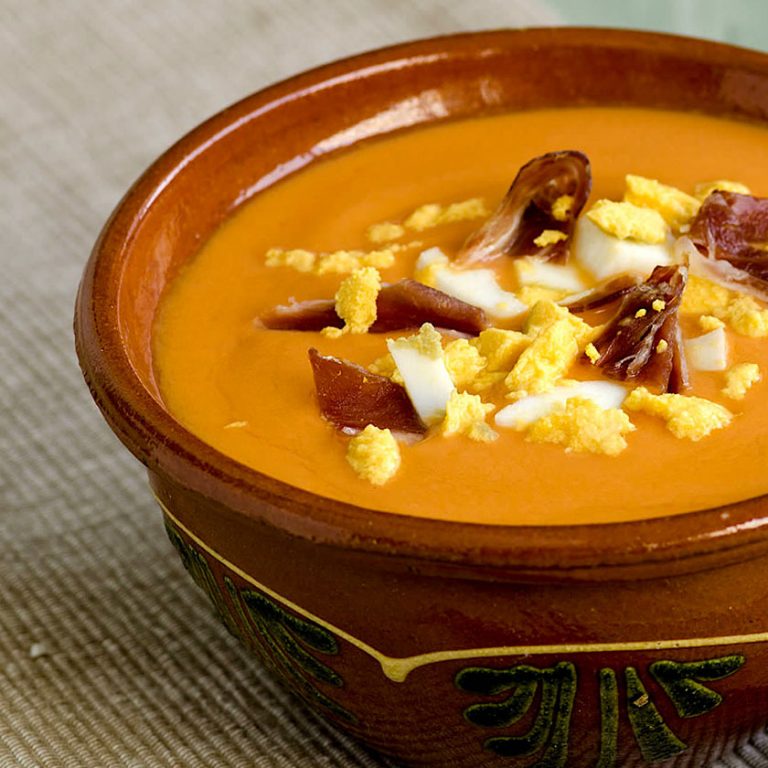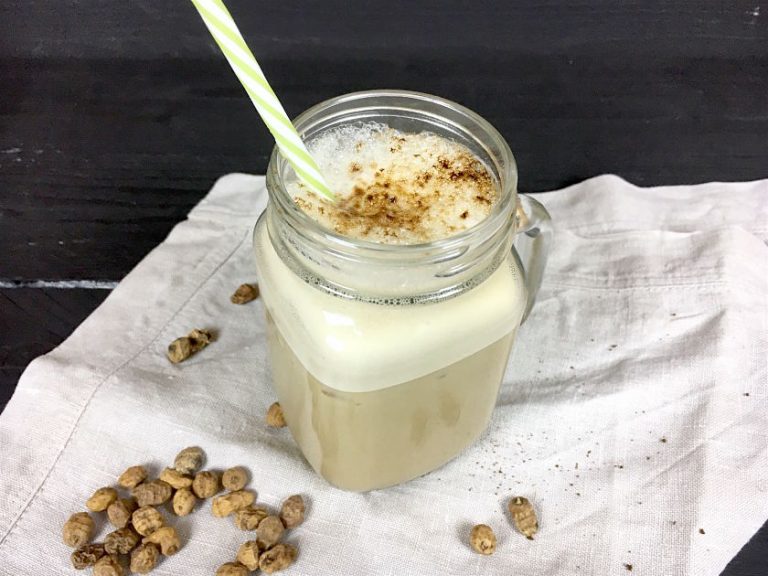Fish and Mercury Need to worry? The answer is no. – And who says that? Your wedge? – No, says the Spanish Agency for Food Safety and Nutrition (AECOSAN) , who has updated the recommendations on the consumption of fish due to the presence of mercury to clarify this alarm that has become a bit fashionable .
Mercury and its relationship with fish
Mercury is a polluting and toxic heavy metal. This compound can affect the correct development of the central nervous system directly or indirectly; crossing the placenta or being present in breast milk.
How does mercury get into fish? When released into the environment, fish that occupy a high position in the food chain accumulate it and can reach high concentrations.
That said, peace of mind. Eating fish is safe and healthy . The risks of mercury contamination have been known for decades, it is nothing new. In fact there is a European food legislation that deals with mandatory compliance with maximum limits for mercury.
With the idea of clarifying the message that has been given through the media, we are going to detail the most affected species, the population at risk, the consumption that can be carried out and the many benefits it brings include fish in the diet.
Fish consumption in the population at risk
Pregnant women, planning to be pregnant or breastfeeding and children from 0 to 10 years old are the most vulnerable population and, therefore, could consume between 3 and 4 servings a week of species with a low -Mercury content medium varying between blue and white fish, but they should avoid the consumption of species with a high mercury content. Example, on Tuesday to eat grilled cod with mashed potato and zucchini cream, on Thursday for dinner lemon sea bass with black pepper and grilled wild asparagus for dinner and Sunday appetizer some eels with garlic and prawns. But just in case, let’s put the bluefin tuna, shark, pike or emperor / swordfish aside.
Children between 10-14 years old are also part of the vulnerable population. In this case, they could consume species with a high content but without exceeding 120 grams per month (1-2 servings). The consumption recommendation for the rest of the fish is the same as in the previous group.
Benefits of fish consumption
Both AESAN and EFSA recommend the consumption of fish in the context of a healthy, complete and varied diet.
1. It contains proteins of high biological value made up of essential amino acids that humans are not able to synthesize and need to be introduced through food. It is one of the most important sources of protein in the Mediterranean Diet.
2. It provides other essential nutrients such as iodine , selenium , calcium , phosphorus , iron , vitamin A and vitamin D .
3. The caloric intake of fish is relatively low .
4. The fat content ranges from 5% in white fish to 55% in blue fish. This last type of fish is characterized by its high contribution of omega-3 fatty acids. What is popularly known as “good fats”. Eating 2-3 servings of oily fish (omega-3) a week has been shown to lower the risk of death from heart disease.
5. At a sports level, this omega-3 promotes performance due to its anabolic effect , its improvement of circulation and oxygen supply to the muscles and its anti-inflammatory effect , very important for recovery from high intensity workouts.
6. The consumption of oily fish by pregnant women contributes to an optimal neurological development of the fetus.
7. Not consuming fish has been classified as a greater health risk compared to consuming about 300g per week (2-3 servings) of fish with high mercury content.
3 tips to choose the right fish?
Look at the eyes : they should be bulging (not sunken), shiny and transparent.
Mild smell: should not smell very strong. The fish does not smell bad. Important that it does not give off the smell of ammonia.
Attached scales : the body of the fish must be shiny and the scales must be well adhered to the body.
Another important variable to take into account is that it is seasonal. In this Vitonica post you have a fish calendar by season. Highly recommended.
How to store fish?
Raw fish and shellfish should be stored refrigerated at or below 4.4 degrees Celsius for only 1 to 2 days before being cooked or frozen. Once cooked, keep it in the fridge for no more than 3-4 days.
Conclusion
Therefore, and to reassure us, in the general population the consumption of fish is fully justified and recommended, about 3-4 weekly servings and varying as much as possible between species. Simply, in the population at risk indicated, certain attention must be paid to species with high mercury content, without reducing the intake of other species.
Here we leave you 3 fish recipes more than recommended:
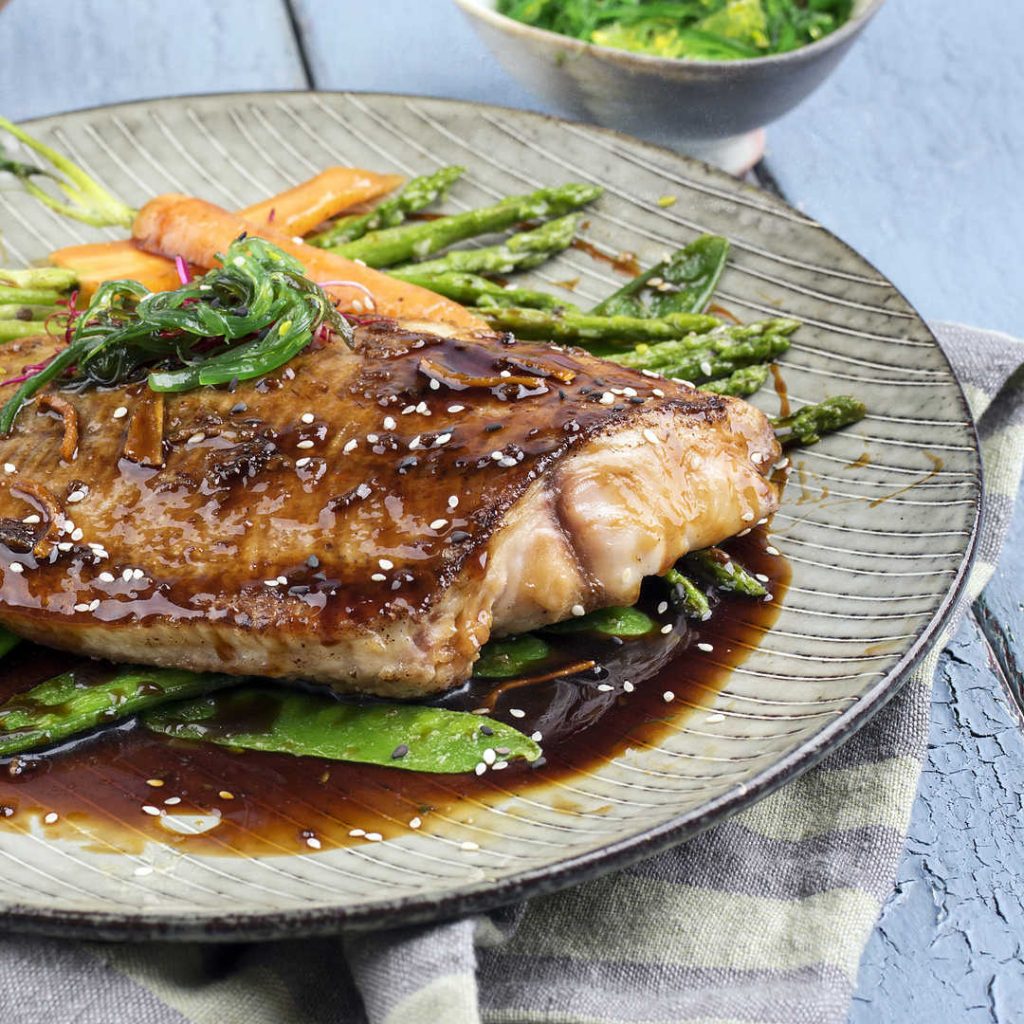
Ingredients
- Wild asparagus 150 g
- Garlic 2 g
- Table salt 1 g
- Lima 40 g
- Tuna 125 g
- Vinegar 20 g
- Black pepper 1 g
- Edamame 50 g
- Wakame Seaweed 20 g
- Carrot 80 g
- Teriyaki Sauce 30 g
Preparation
- Chop the garlic very finely
- In a bowl place: the teriyaki sauce, the squeezed lime juice, the vinegar, the minced garlic, the black pepper
- Place the tuna loin in the bowl, allowing it to soak in the mixture for 5-10 minutes
- Once macerated, cook the tuna loin in a hot pan or grill. It has to be well done on the outside
- Add the sauce in a pan and let it reduce a little
- Add in this same pan: the asparagus (eliminating the hard part), the peeled and chopped carrot, the edamame
- Cook until tender and plate next to the tuna loin
Indicators for a portion
Kcal: 365
Proteins: 45% | Hydrates: 33% | Fat: 2%
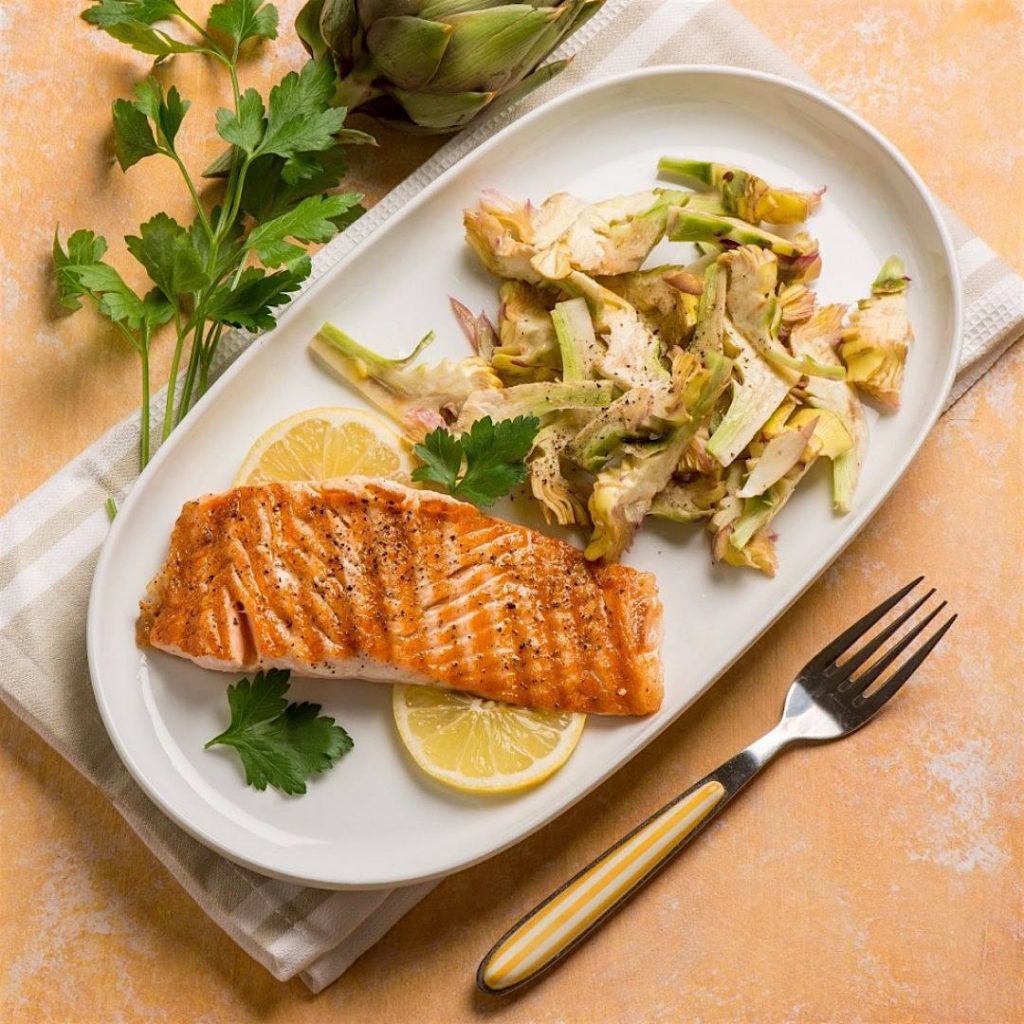
Ingredients
- Salmon 150 g
- Artichoke 100 g
- Olive oil 5 g
- Lemon with skin 70 g
- Table salt 1 g
- Parsley 2 g
- Water 400 g
- Black pepper 2 g
Preparation
- Prepare a bowl with: water and lemon juice
- Now you are going to prepare the artichokes. To do this, follow the steps: if you have one, put on some gloves to avoid staining your hands when handling them, take the artichoke and remove the leaves until you start to see that they are softer, now with a knife (be very careful!): Cut the end of the stem and peel the sides of it. Cut it into quarters. Put it in the bowl with water and lemon and repeat the process with the rest of the artichokes you need
- Soak a baking sheet with oil to prevent food from sticking. In it, put the artichokes in the oven for 5 minutes. Add a little oil on top, add the salmon with a little oil and salt and keep it all inside for another 10 minutes
- Take it out of the oven, place it and add lemon and parsley to taste
Indicators for a portion
Kcal: 347
Proteins: 39% | Hydrates: 22% | Fat: 39%
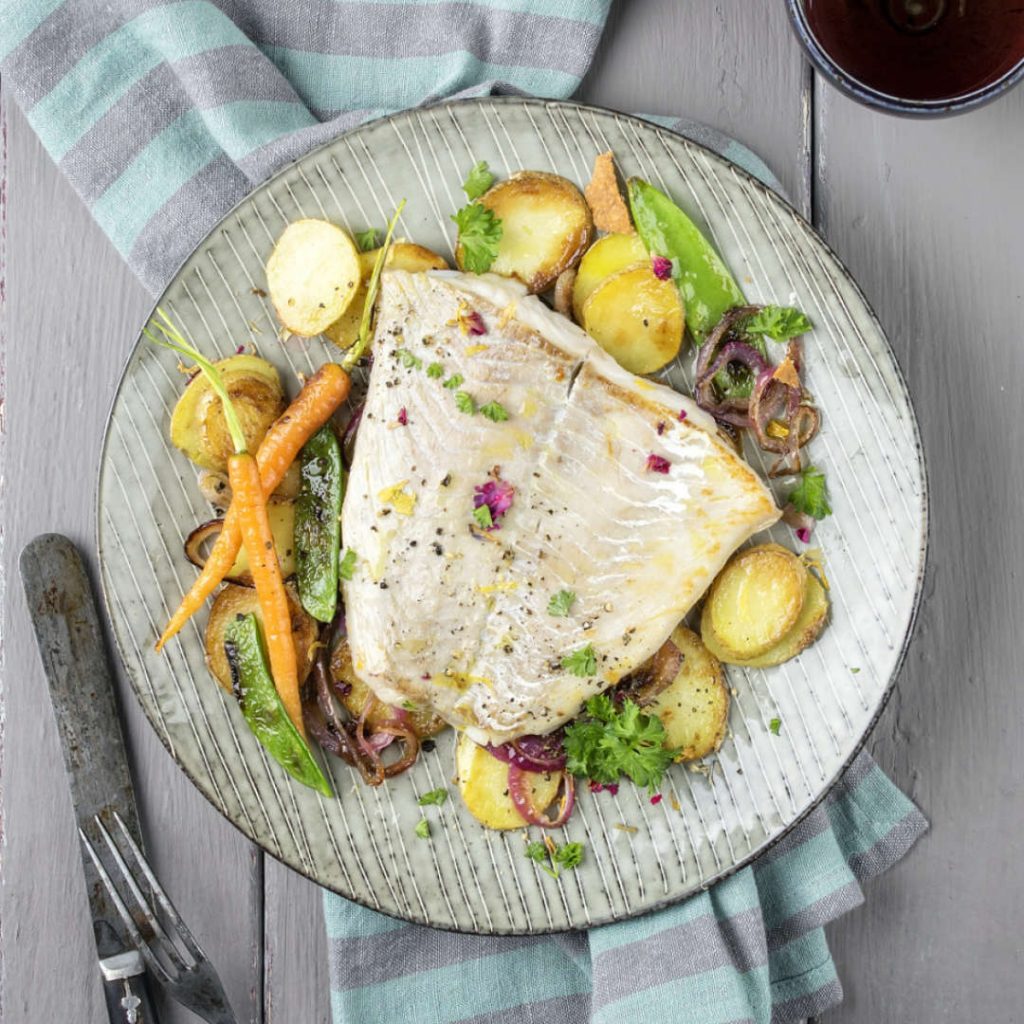
Ingredients
- Atlantic cod 150 g
- Potato 100 g
- Baby carrots 50 g
- Red onion 30 g
- Green bean 60 g
- Coriander 3 g
- Table salt 1 g
- Cooking wine 100 g
- Olive oil 5 g
Preparation
- Preheat the oven to 180ºC
- Peel and cut the potato into slices and julienned onion
- Put a few drops of oil and spread them in the baking dish so that it does not stick
- Add to the container the potatoes (at the base), the onion, the green beans, the carrot, the cod (on top)
- Sprinkle the cooking wine and salt
- Keep it in the oven for 12-15 minutes (depending on how brown you like it)
- Serve it, add the cilantro to taste and ready to eat!
Indicators for a portion
Kcal: 302
Proteins: 41% | Hydrates: 41% | Fat: 18%
